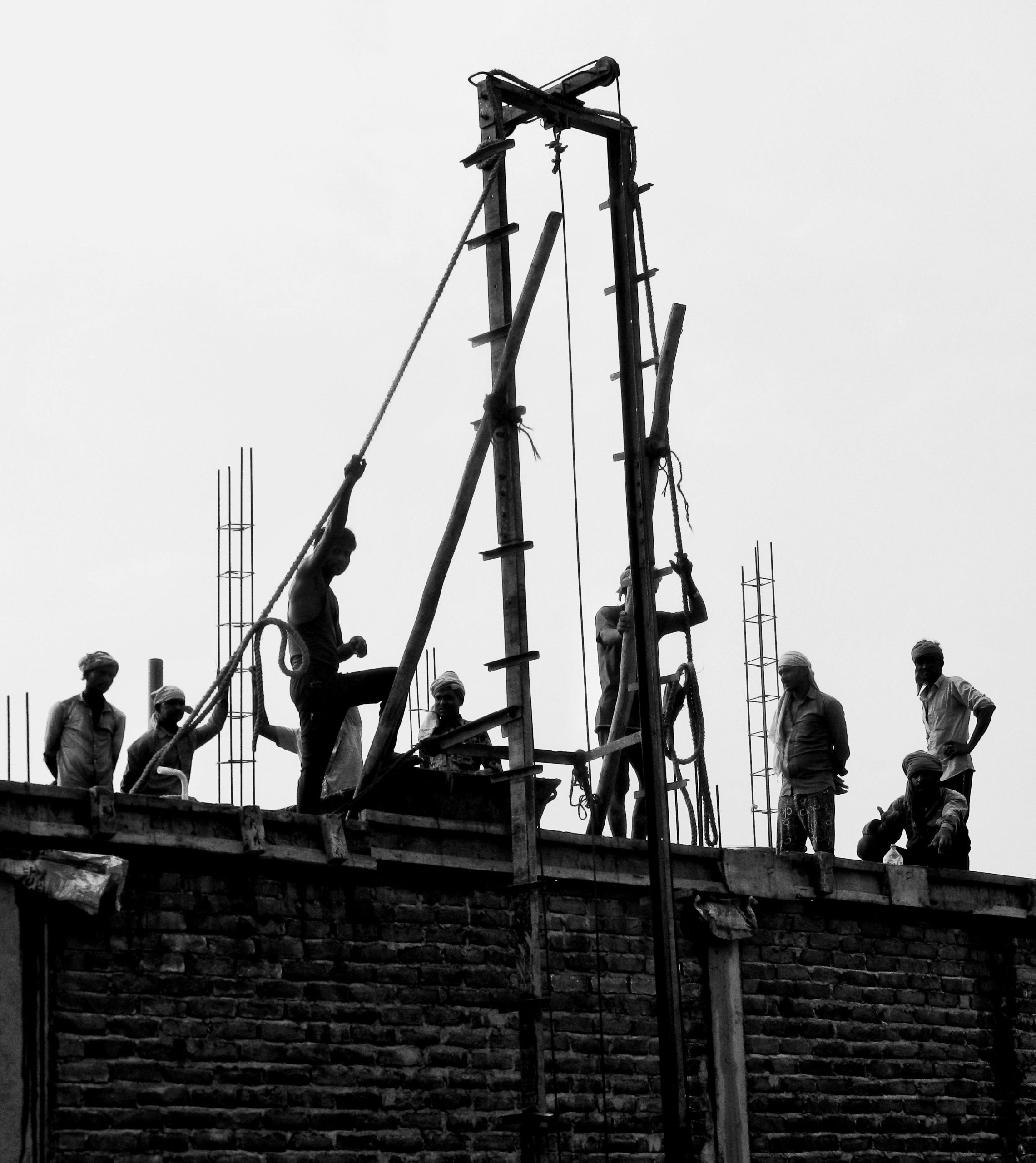The Functionality of Rooftop Crane Systems: Insights from Urban Design
Recently, I had the opportunity to visit the rooftop garden at a notable building on 120, and during my exploration, I observed a series of small crane-like systems positioned on several surrounding rooftops. What struck me was the abundance of these structures—they certainly seemed to be more than mere decorative features. This led me to ponder: what purposes do these rooftop crane systems serve, especially in a bustling city like London?
Understanding Rooftop Crane Systems
Rooftop crane systems, often seen in urban centers, are devised to assist in various logistical tasks. These compact cranes play a crucial role in lifting and transporting materials to elevated areas, a function that is invaluable in densely populated cities where space for traditional loading docks may be limited. London, with its distinctive skyline and ongoing construction projects, particularly benefits from such systems.
Why Are They Particularly Common in London?
Unlike many other urban environments, London has a unique architectural landscape characterized by both modern high-rises and historical buildings. The integration of rooftop crane systems offers several advantages in this context:
-
Limited Ground Space: London’s infrastructure struggles with spatial constraints. Rooftop cranes efficiently manage material distribution without disrupting ground-level operations.
-
Accessibility Challenges: Many of the city’s construction sites are nestled among tightly packed structures. Rooftop cranes provide a more accessible alternative for moving materials to upper levels.
-
Construction Efficiency: As construction techniques evolve, the need for swift and efficient material handling has become paramount. Rooftop cranes are designed to enhance productivity, especially for projects that require continuous vertical movement of heavy loads.
Conclusion
The presence of rooftop crane systems is a fascinating aspect of urban architecture that contributes significantly to the functionality of construction in cities like London. While they may not be visually prominent to the average passerby, their role in maintaining the efficiency and effectiveness of urban development cannot be overstated. As we observe these cranes augmenting the skyline overhead, it’s worth appreciating the thought and planning that goes into modern city design.


Insight from a Londoner’s Perspective
As a resident who regularly witnesses London’s evolving skyline, I find the integration of rooftop crane systems truly fascinating and clever. These structures exemplify how urban environments require innovative solutions to manage space constraints and construction demands effectively. In London, where historic buildings coexist with modern developments, rooftop cranes offer an elegant answer to logistical challenges, allowing projects to progress without overly disrupting ground-level activity or the streetscape.
Additionally, I believe these systems reflect the broader trend of smart city planning—maximizing vertical space and leveraging underused rooftops to support ongoing growth. It’s interesting to think about how such infrastructure not only serves immediate construction needs but also contributes to London’s sustainable development goals by reducing congestion and workspace footprint. As we continue to grow, these practical yet unobtrusive solutions are vital in shaping a more efficient, resilient, and visually harmonious cityscape.
Insight from a London Resident Perspective
This is a fascinating article that sheds light on the innovative use of rooftop crane systems in dense urban environments like London. Having lived in London for several years, I can attest to how space constraints continue to shape urban construction strategies. Rooftop cranes are indeed a clever solution, especially given the historical architecture and the tightly packed high-rise developments we see across the city.
One aspect worth mentioning is how these systems contribute to sustainability efforts. By minimizing ground-level disruptions and reducing the need for large transportation equipment on crowded streets, rooftop cranes help maintain smoother traffic flow and lower emissions during construction projects.
Additionally, as London’s skyline evolves with projects like tall residential towers and commercial complexes, integrating rooftop crane technology not only boosts construction efficiency but also enhances safety on busy sites. It’s impressive to see how urban design adapts to modern challenges, blending functionality with the city’s iconic aesthetics.
Understanding these behind-the-scenes elements enriches our appreciation for London’s continuous growth and development. It’s a reminder that urban innovation often happens quietly, building the city we experience every day.